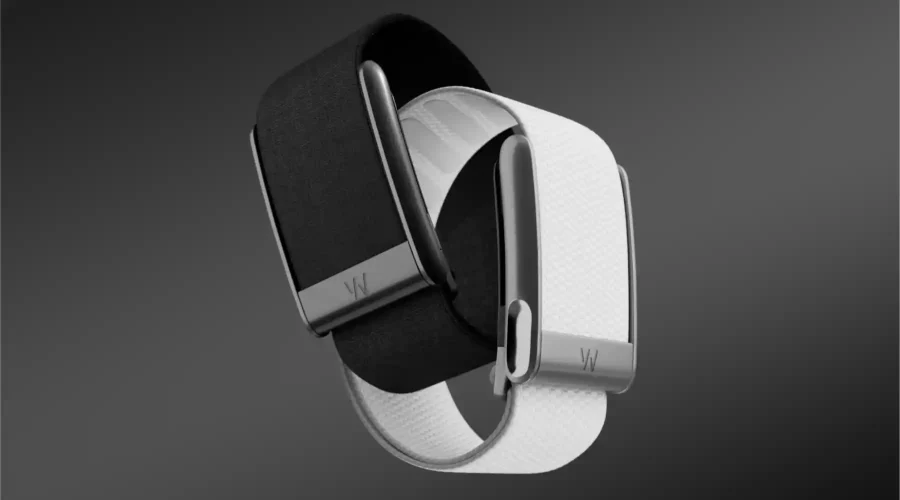A wearable tech company may have found itself in hot water with the U.S. Food and Drug Administration (FDA) regarding one of its marketing strategies.
The regulator issued a warning letter to Whoop earlier this month over concerns that its new Blood Pressure Insights (BPI) feature is being marketed without the necessary regulatory approval.
Whoop launched the BPI feature in May alongside its latest hardware update. The FDA said that the BPI feature is intended to diagnose, treat, cure, or prevent disease, which would classify it as a medical device subject to strict regulatory requirements.
Whoop describes the BPI functionality as a wellness tool designed to provide users with estimated systolic and diastolic blood pressure ranges, along with related performance and wellness insights aimed at improving athletic performance.
To activate the feature, users subscribing to the company’s USD$359 “Whoop Life” tier must log three baseline blood pressure readings taken with a traditional cuff device. The system then provides a single daily estimated range and midpoint for blood pressure. Whoop argues this is what differentiates it from medical blood pressure monitors used for clinical diagnosis or management.
Despite this distinction, the FDA maintains that blood pressure estimation is not a low-risk function. According to the agency, inaccurate blood pressure readings can have significant consequences, potentially leading users to make harmful health decisions.
The FDA’s letter indicates disclaimers accompanying the BPI feature aren’t enough to mitigate the risks or change the device’s classification.
High blood pressure, or hypertension, remains the leading risk factor for heart attacks, strokes, and other cardiovascular diseases.
Read more: Korean medical technology company incorporates AI into lung cancer diagnosis
Read more: Akero Therapeutics nearly doubles stock price on positive clinical studies
Concerns over informed decision making without reliable data
Dr. Ian Kronish, an internist and co-director of Columbia University’s Hypertension Center, explained that while wearables like Whoop represent a promising advance in patient engagement, there is concern within the medical community regarding the accuracy of these devices.
Furthermore, patients may be unable to make informed decisions about their care without reliable measurements. Kronish encouraged patients to discuss wearable data with their healthcare providers to better understand how to use these emerging tools.
Other wearable manufacturers have pursued FDA clearance for blood pressure monitoring features. Omron and Garmin both provide FDA-regulated blood pressure devices with on-demand readings. Samsun also provides blood pressure technology approved outside the U.S. market.
Apple (NASDAQ: AAPL), meanwhile, has announced plans to incorporate blood pressure sensing into its Apple Watch. It also has yet to secure FDA approval. The company’s most recent FDA clearance came in 2024 for its sleep apnea detection feature.
Whoop currently holds FDA clearance for its electrocardiogram (ECG) feature, which detects irregular heart rhythms. However, the company disputes the FDA’s classification of its blood pressure feature as a medical device.
A spokesperson said that the agency’s perspective is based on outdated assumptions that blood pressure is strictly a clinical metric. The company argues that regulators should treat it like other physiological measures like heart rate variability or respiratory rate, which wellness devices commonly include without requiring medical device approval.
The FDA’s letter warns that if Whoop fails to adequately address the violations within 15 business days, the agency may pursue regulatory actions, including seizure of products, injunctions, or civil monetary penalties. Whoop must detail the steps it taken to rectify the issues and how it plans to prevent future violations.














